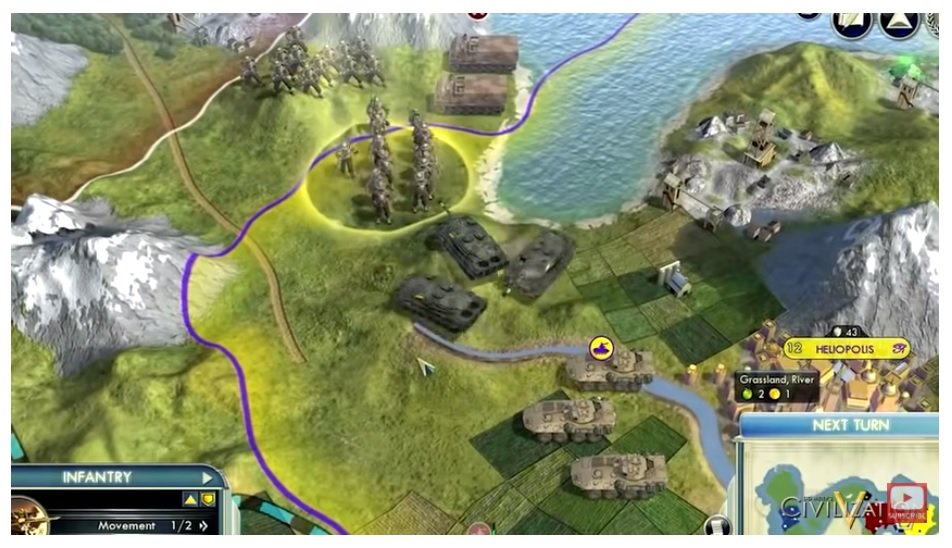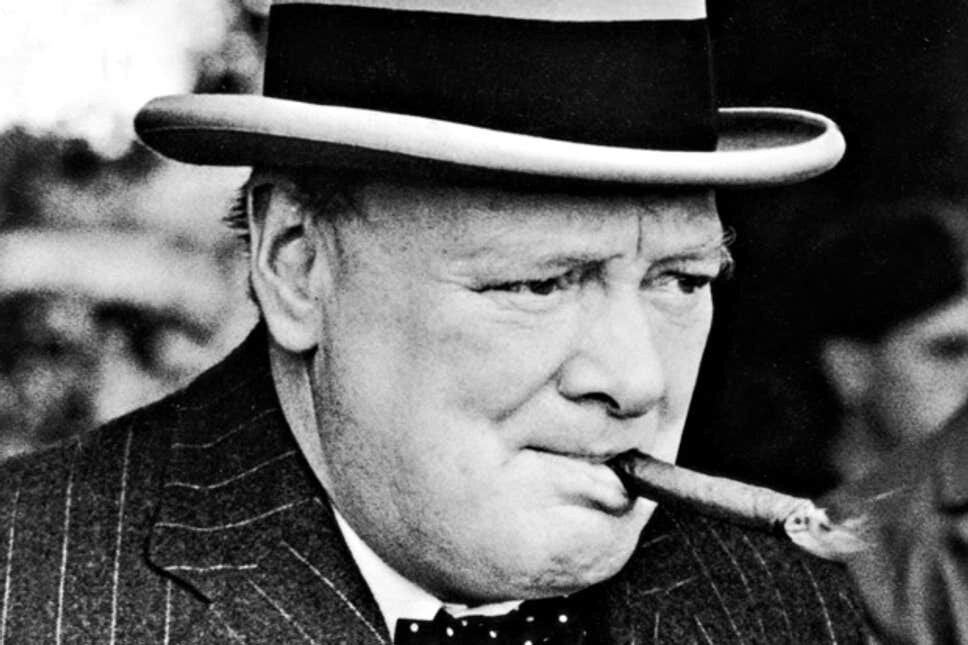Drawing on a universe of science fiction franchises including The Expanse, Star Wars, Star Trek, Ender’s Game, Starship Troopers, Dune, Earthseed, The Murderbot Diaries, and many more, a wonderful array of authors, who are strategic thinkers in their own right, offer fresh perspectives in 35 chapters that span 6 major themes: leadership and command; military strategy and decision making; ethics, culture, and diversity; cooperation, competition, and conflict; the human relationship with technology; and toxic leaders.
#Reviewing The Peacemaker
The Peacemaker: Ronald Reagan, the Cold War, and the World on the Brink takes up the banner of attributing the end of the Cold War to the foreign policy acumen and foresight of Ronald Reagan. Indeed, it suggests that Reagan possessed a remarkable perspicacity that allowed him to perceive the world's historic changes on the horizon well before others did, and that this, plus his innate optimism, helped him lead the United States toward a better future.
#Reviewing Victor in Trouble: The Value of Satire as a Tool of Professional Development
Finley’s work is part of a long and glorious tradition of satire in the world of military and foreign affairs. Her books are a welcome mental break for modern audiences, but the wellspring of military and diplomatic satire was already deep. For autocratic societies, where censorship is a defining characteristic, satirists walk fine lines to say quiet thoughts out loud.
Lost Tradition: #Reviewing Strategiya
A shroud of myth and legend surrounds Russian strategy. As far back as the 1980s, the U.S. began looking at the widespread use of precision-guided munitions and other associated technology because the Russians had an allegedly more advanced conception of their potential. In 1982, the operational level of war debuted in U.S. doctrine, allegedly because it existed in Soviet doctrine. The only way to combat such misconceptions is to take the Russians at their word. Specifically, by reading their words. Strategiya: The Foundations of the Russian Art of Strategy, edited by Dr. Ofer Fridman, Lecturer at King’s College London, is one of the best weapons available.
# Reviewing Intelligence and the State
For a relatively short volume, Intelligence and the State manages to fill a range of gaps in the existing literature on the intelligence community. First and foremost, it provides a timely look at the issues confronting both policy makers and intelligence analysts that will only grow more relevant as technological advances increase the volume of raw information available to the intelligence community. Second, it offers the reader a condensed history of the European and American experiences with developing intelligence communities that would otherwise require combing through a range of academic literature. Finally, author Jonathan House leverages his decades of experience as a U.S. Army intelligence officer with valuable advice that can alleviate some of the pressures on the intelligence community and help the national security establishment avoid missing warning signs in the current environment.
#Reviewing Her Cold War: Women in the US Military, 1945-1980
Her Cold War by Tanya Roth offers an insightful explanation of how, contrary to the popular narrative, Cold War era servicewomen were essentially the pioneers of the second wave feminist push for gender equality in the United States. The book focuses on the period between 1945 and 1980—a deceptively small window of time for such an impactful period both for women in the military and in U.S. culture more broadly. In 1945, there was no Department of Defense, separate Air Force, or a permanent place for women in any existing branch of the military. By 1980, only two generations later, the first groups of women were piloting military aircraft and graduating from military service academies.
#Reviewing Just and Unjust Uses of Limited Force
Just and Unjust Uses of Limited Force by Daniel Brunstetter offers an insightful look into the permissions and limits of international force short of war. Brunstetter proposes a theory of justice for limited force (or vim in Latin). The need for such a study is indicated by the fact that most of the terminology used to describe morality in war does not adequately capture contemporary uses of force, which warrants additional vocabulary. This is what Brunstetter provides. Full of contemporary examples and counterfactuals, Brunstetter's work offers a relevant heuristic to aid in understanding the fights of today.
#Reviewing Sid Meier’s! Lessons in Game Design: Civilization and Wargames
Constructing open worlds and the freedom to develop innovative strategies that incubate strategic minds or threaten authoritarian societies are the unexplored frontiers. The lessons in game design that Civilization offers are important for the developing wargame research community to understand as decision-making games become a critical part of the military education process.
#Reviewing Bitskrieg
In Bitskrieg, John Arquilla distills much from his three decades of advocacy about networked warfare into a compact volume accessible to a wide audience. He displays a continuing ability to produce provocative arguments and engaging books. The tenets of Bitskrieg are consistent with many of Arquilla’s previous writings. These include the point that networked warfare or netwar encompasses cyber conflict but extends beyond it.
#Reviewing Blood, Guts, and Grease
Through historical research, Mikolashek captures the early experiences of the soldier and the lessons he learned during the Great War that influenced his character and leadership twenty years later during his World War II campaigning. In addition to descriptions of Patton’s early battlefield exploits, Mikolashek writes of the birth of tank warfare and the creation of the Army’s Tank Corps. From early success at the U. S. Military Academy at West Point to the transition to the newly formed Tank Corps, Patton made informed and deliberate decisions as a young officer that steered his career to the ground floor of tank warfare.
#Reviewing The Other Face of Battle
Military history and its practitioners were long derided for their obsession with battle. The bugles and banners style of operational history, the standard approach of the discipline until the mid-1970s, has cast a long shadow of exclusion and dismissal upon military historians and their purpose. That all changed when John Keegan’s The Face of Battle was released in 1976. Wayne Lee, Anthony Carlson, David Preston, and David Silbey come together in The Other Face of Battle to present the next step in Keegan’s cause while highlighting a serious flaw in his objective. This book and its four authors, all of outstanding reputation and pedigree, stand on the 40-year foundation set by the cultural turn. In a masterful homage to Keegan and with eyes to the future, Lee, Carlson, Preston, and Silbey take the iconic work and its framework into the present by asking questions that are as difficult as they are important.
#Reviewing Korea: The War Before Vietnam
In Korea: The War Before Vietnam, Callum A. MacDonald writes with short, sharp clarity. The precision of his writing does not take away from necessary details or the importance of the Korean War in international history, especially for those involved in that conflict. The book is driven by a narrative told through official documents, robust secondary sources, and scholarship developed over nearly 35 years.
#Reviewing Deconstructing Dr. Strangelove
Deconstructing Dr. Strangelove: The Secret History of Nuclear War Films is a fresh study that attempts to answer these intriguing questions. Through a close reading of a cluster of “Cold War nuclear crisis films,” which is described as “a staple of the Cold War popular cultural milieu from the 1950s to the 1980s,” this clearly written and thought-provoking book explores how these screen narratives depicted the nuclear weapons apparatus and strategic decision-making.
#Reviewing Fidelis
#Reviewing Churchill’s Phoney War
Clews’ book certainly fills a void in the study of Churchill during the Second World War. His analysis does provide a useful study in the difficulty of crafting a strategy that serves multiple constituencies and solves multiple problems. Modern students of strategy should take heart that they are in good company when they seek solutions to no-win scenarios.
#Reviewing Innovating in A Secret World: Can America Innovate its Way to Security?
Srivastava provides an excellent work on the legal and policy challenges American companies face if they want to innovate in the national security environment, but she does not offer a compelling vision for improving the situation. Anyone who wishes to improve this situation will need a solution and the support of a movement that is good for Congress, good for business, good for the defense and national security customers, and good for innovators. And that is the conundrum of innovating for national security.
#Reviewing The Infinite Game
#Reviewing Demystifying the American Military
Paula G. Thornhill has written an easily accessible work explaining the origins and evolution of the United States’ armed forces under the Constitution. She aims to make American military institutions more understandable to readers by discussing their foundations, evolving missions and organizations, how they have functioned in war and peace, and the tradition of civilian control.
Butcher and Bungler or Architect of Victory? #Reviewing Douglas Haig’s Role in the First World War
This is a serious and effective contribution towards the study of one of the most important figures in British military history. Harris successfully dismantles flawed popular narratives concerning Haig’s generalship while avoiding the clientelism and nationalism that color some other historical reassessments. The Haig that emerges is neither butcher nor genius, but instead a diligent but aloof professional struggling to rise to the immense challenges posed by high command.
Fragments Through a Straw, Darkly: #Reviewing Drone
My initial reaction—if we can call two years of brooding initial —is exactly why we need more poetry about the experience of modern war. We need it for catharsis, communication, and reckoning. We need more poetry that forces us to wrestle in the cobwebs and the debris of the darkest corners of the attic. We need to reflect in the mirrors, be they clear, clouded, or cracked, that we find locked away in the trunk. Garcia gave me a key. Maybe it will work for you as well.





















